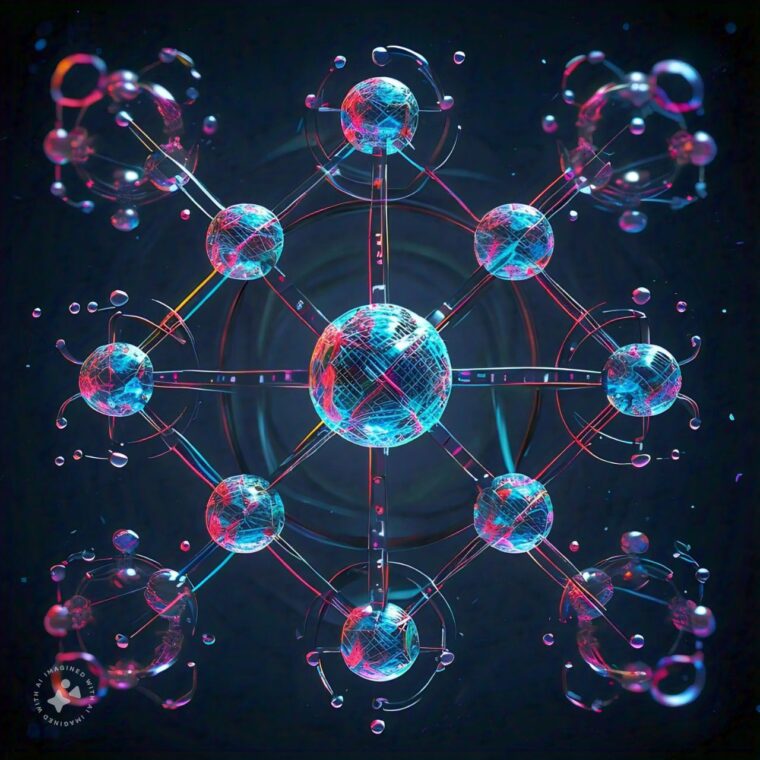Quantum computing storage and memory work differently from traditional computer storage, bringing exciting possibilities for storage capacity. Since Microsoft introduced its first quantum computer in 2017, the interest in quantum computing has been growing. However, quantum computing is still developing, and many challenges remain, especially in terms of memory and data storage.
What is Quantum Memory?
Quantum computers can’t use the same kind of memory that our regular computers use. Instead, they need something called quantum memory. Quantum memory is more powerful but also more delicate and prone to errors.
Quantum memory relies on quantum bits, or qubits, which are different from the regular bits used in conventional computers. Regular bits can only be a 0 or a 1, but qubits can be 0, 1, or both at the same time, thanks to a concept called superposition. This makes qubits a type of multidimensional storage, allowing them to store much more information.
To understand the difference in storage potential, consider this: 100 traditional bits only store about 12.5 bytes of data. But 100 qubits can store more information than all the hard drives in the world combined. This immense storage potential is what makes quantum memory so powerful.
Challenges with Quantum Memory Storage
Despite its potential, quantum memory has limitations. It’s not persistent, meaning it can’t hold data for long. While traditional memory (like RAM) stores data until the computer is turned off or restarted, quantum memory can only keep data for about 100 milliseconds.
Another challenge is that reading the data stored in a qubit changes its state. You can only read the data once, and after that, the qubit will just show a simple 0 or 1. This makes it tricky to use quantum memory for storage in the way we use traditional computer memory.
The Potential of Quantum Computing Storage
Since quantum bits can only store data for a short time, we don’t have quantum hard drives. However, quantum computing is excellent for solving complex mathematical problems that require many steps. As long as these steps are completed faster than the data decays (disappears), quantum computing is effective. For example, if a quantum computer can read and process data in 50 milliseconds, it doesn’t matter that the data vanishes after 100 milliseconds.
Quantum memory also has unique security advantages. Because reading a qubit changes its state, you can be sure that no one else has accessed the data if you can read it correctly. This makes quantum memory appealing for creating secure communication networks, where data can be sent safely from one point to another with a guarantee that it hasn’t been tampered with.
Quantum computing also has implications for encryption. Quantum computers could potentially break complex encryption algorithms that regular computers can’t. On the other hand, they could also help create new encryption methods that are unbreakable with today’s technology. This might allow organizations to decrypt data in cases like ransomware attacks without needing to pay a ransom.
How Close Are We to Realizing Quantum Memory?
Quantum memory has become more reliable over the past few years but still needs improvement. Currently, the best quantum memory is about 85% reliable. This means there’s still room for enhancing error correction and the overall efficiency of quantum memory.
Experts believe that these problems will likely be solved in the next few years, making quantum memory more practical and reliable. As these developments continue, we can expect to see more applications of quantum computing in areas like secure data storage and advanced problem-solving.
References:
A primer on quantum computing storage and memory | TechTarget




